Silicone Charms for Lanyards Necklaces Keychains Wristlets
Silicone charms for lanyards necklaces keychains wristlets – round, hexagon, cube, flat silicone beads for bracelets, necklaces, earrings, beaded pens . PLUS Free Idea Book.
Original price was: $16.99.$12.99Current price is: $12.99.
24% Off
Original price was: $11.99.$9.99Current price is: $9.99.
17% Off
Original price was: $12.00.$9.99Current price is: $9.99.
17% Off
Original price was: $13.99.$7.99Current price is: $7.99.
43% Off
Original price was: $16.99.$9.99Current price is: $9.99.
41% Off
Original price was: $17.00.$5.99Current price is: $5.99.
65% Off
Original price was: $20.00.$13.99Current price is: $13.99.
30% Off
Original price was: $20.00.$13.49Current price is: $13.49.
33% Off
Original price was: $14.00.$4.99Current price is: $4.99.
64% Off
Original price was: $14.99.$8.99Current price is: $8.99.
40% Off
Original price was: $10.00.$4.99Current price is: $4.99.
50% Off
Original price was: $15.00.$11.99Current price is: $11.99.
20% Off
Original price was: $17.00.$15.99Current price is: $15.99.
6% Off
Original price was: $20.00.$19.99Current price is: $19.99.
0% Off
Original price was: $21.00.$18.99Current price is: $18.99.
10% Off
Original price was: $12.00.$9.99Current price is: $9.99.
17% Off
Tags
Tags
Shop Silicone Beads
Shop By Category
Learn to Bead With Us
Beading Tutorials – Tips and Tricks
Subscribe now and get special offers
From Our Blog
OUR MOST RECENT POSTS
Subscribe to our newsletter and get 10% Off!
Excellent! Vividly-colored silicone charms for necklaces. I love the flowers, they are perfectly formed! Excellent silicone beads that can be used for many different crafts. I'm going to start with stringing for keychain adornments, and then I'm going to mix them in with some wooden beads for bracelets and necklaces. Beads are vividly colored and have ZERO flaws or imperfections. The colors are great as you can use them to blend with or offset other colors and create your own masterpieces! The beads arrive in a box - I sort my beads by color so will repackage.
Most people will want to string these silicone charms for keychains or use them in other craft projects including home decorations. If the holes are not large enough to directly thread strands of head through them, they could probably be sewn on. Used in this way they could add just enough weight to the braid, twist or tassel to make them work well and yet be comfortable for wear and softer than most other beads.
Category Description - Silicone Charms for Lanyards Necklaces Keychains Wristlets
Trendy one silicone charms for keychains , exquisite silicone charms for necklaces and lanyards and cute charms for wristlets. Available in trendy bright colours: Quartz Pink, Pink, Violet red light, Scarlet Red, White, Marble / Stone, Cream Yellow, Bright Yellow, Mango, Peachy, Salmon Orange, Orange, Navajo White, Oatmeal, Maroon, Lilac, Classic Purple, Purple, Navy Blue, Pastel Blue, Powder Blue, Undersea Blue, Saphire Deep Sky Blue, Blue Green, Turquise, Willow Green, Olive Green, Glacier Grey, Dark Grey, Black. The must-have for your piece of jewellery!
Universal lava beads are easy to process in all kinds of jewellery. Especially jewellery, like bracelets for men in dark colours. Use black, dark grey and dark brown natural stone beads lava, all in one set!
Jewellery silicone charms for keychains are perfect in combination with wood beads and other colored silicone beads beads.
Hystory of lanyards
The origins of the lanyard go far beyond the typical thought of a cord for holding your ID badge. That is among the most common uses of the lanyard, but they have actually been around for centuries. Their history is actually quite colourful and exciting, so read on for a brief background to the lanyard.
Humble beginnings
The first use of the lanyard comes from French soldiers and privateers in the late 15th century. It enabled them to keep their weapons close at hand whilst climbing their ships’ rigging or entering combat. The word originates from the French word ‘lanière’, which means ‘strap’. Those original lanyards were simple straps made from cord or rope found on the ship, tied around a weapon or a whistle. Some soldiers still carried lanyards with their uniforms in the Second World War, albeit with more specific attachments designed for carrying objects in both military and civilian life.
Expanding uses
As the popularity of the lanyard grew, particularly in the 20th century, they retained their functional purpose whilst also becoming more decorative. Lanyard weaving became a popular craft to teach American and French children in the 1950s. It teaches children to create complex knots like the Chinese knot, box knot, triangle and butterfly knots. It also helps develop manual dexterity, and the UK has recently seen a resurgence of the French craft ‘scoubidou’, which is essentially the same process as how lanyards were made in the mid-20th century.
As for their decorative purpose, you will often see military officers with a coloured braid at their shoulder. This is actually a special lanyard applied to denote rank or award, defined by the colour, the type of braid and the side it is worn on. These lanyards can be quite elaborate, with highly sophisticated knots used in their creation.
A cultural icon
So the next time you attend a corporate event, concert or festival, remember that the printed lanyards you are wearing comes from a rich history and tradition that stretches back hundreds of years. It’s a functional piece of art that has played a role in shaping civilisation as we know it.
When thinking of lanyards most people think of a cord that you put round your neck to hold an event pass or ID badge. And whilst that is one of the most common uses of lanyards today, lanyards aren’t a new invention at all.
The history of lanyards actually stretches back to the 1500s when French soldiers and pirates used them as a means to keep their weapons close at hand.
The beginnings of the lanyard
French soldiers and pirates would use lanyards like this to ensure that they didn’t lose their weapons whilst they climbed the rigging of their ships or engaged in combat. In fact, the word lanyard actually comes from the French word of “laniere” which means strap or thong.
And whilst, we’re used to seeing some pretty fancy lanyards today, the first lanyards were just simple straps made of rope or cord found aboard the ship and tied around a pistol, sword or whistle. Soldiers could even be seen using lanyards to attach pistols to their uniform throughout WWII.
As time went on, lanyards were developed with specific attachments which made it easier to switch out weapons, tools and other objects making them functional in both military and civilian life.
Lanyards in the modern day
Whilst lanyards still serve a very functional purpose today, they have also become much more decorative. They are popular as a craft and also as a security device in the corporate world. For instance, lanyard weaving became a popular craft for French and American children during the 1950’s.
As a craft, lanyard weaving teaches children how to create complex knots such as the box knot, Chinese knot, triangle and butterfly knot, as well as develop manual dexterity. In France, the craft became known as “scoubidou” and is known in the USA as “boondoggle”.
In the corporate and event world lanyards are used as a means to display an ID or access badge. They make it easy to maintain security at events and corporate sites because a visibly displayed pass allows others to see who people are, what organization they belong to and what level of access they have.
Lanyards also serve another very important function at events: corporate branding. Companies can easily use lanyards as a great promotional and marketing item by customising them and printing them with their logo.
As an item that can be used for a variety of functions from holding ID badges to keys, they are undoubtedly one of the most useful items to print your logo on for attaining further brand recognition.
So the next time you’re ordering your lanyards for your event, concert or convention – remember that lanyards are much more than just a strap designed to display event passes. They are a great piece of art with a rich and adventurous history
End of post - Silicone charms for lanyards necklaces keychains wristlets


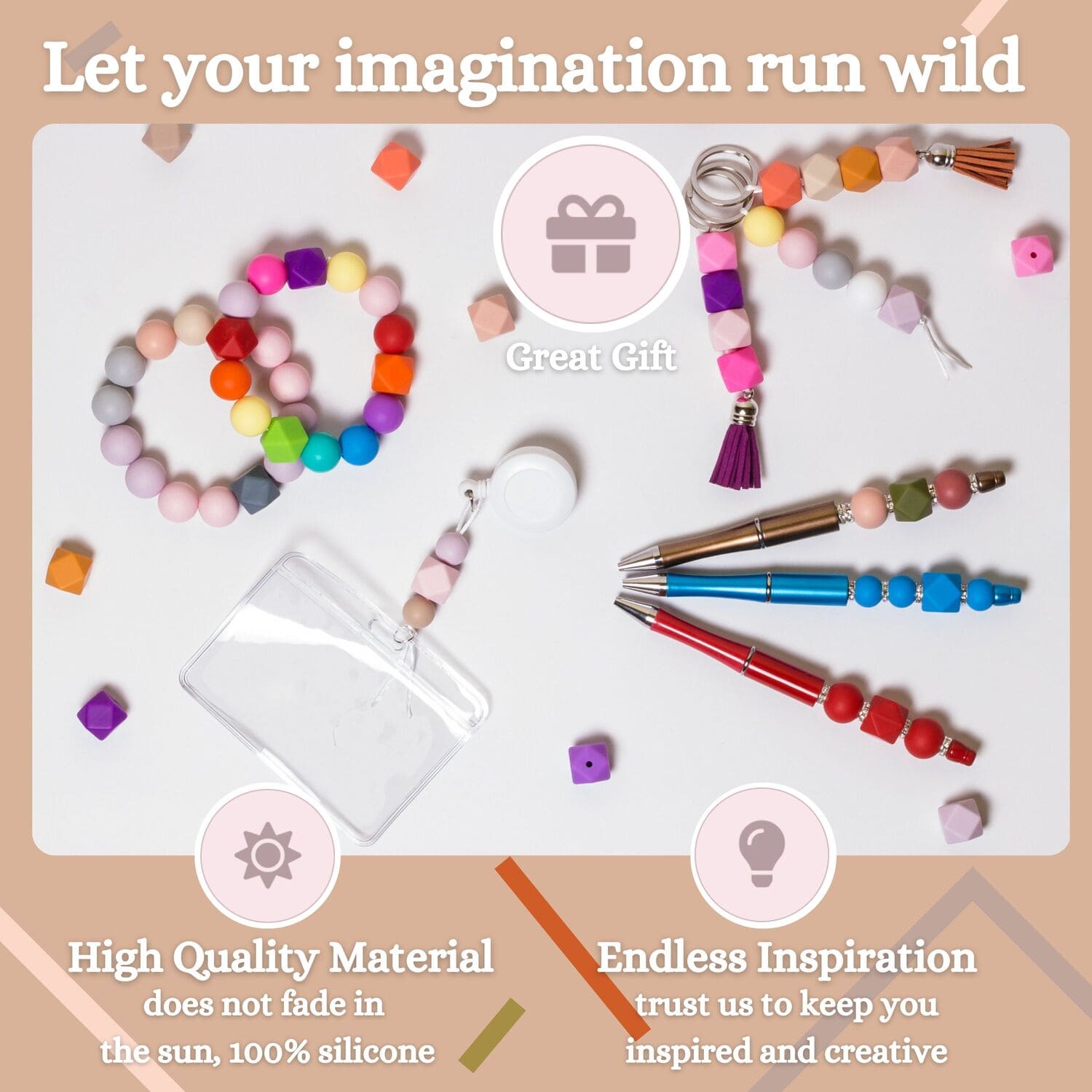
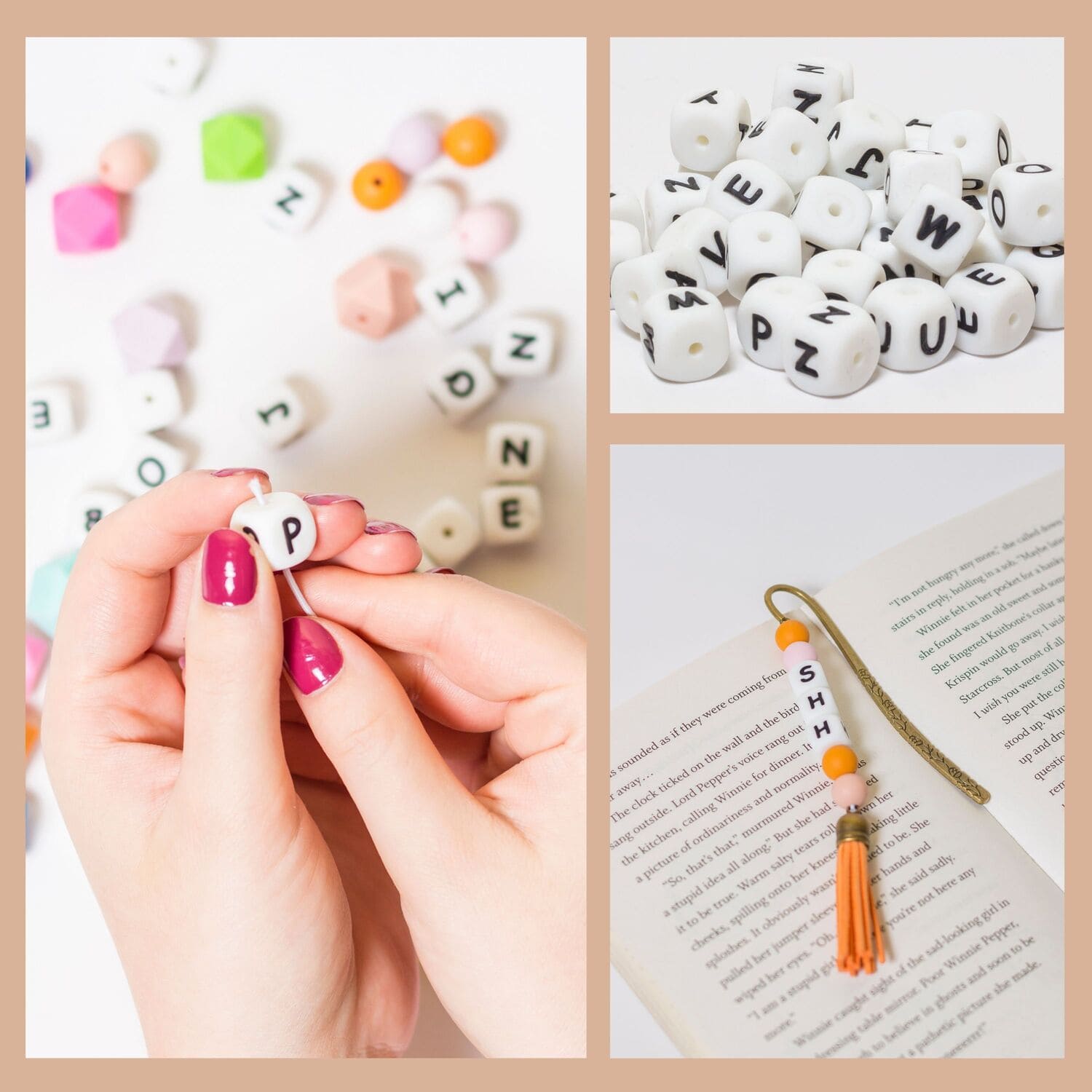
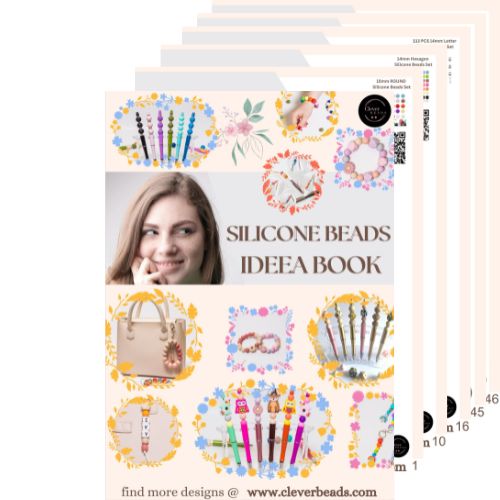



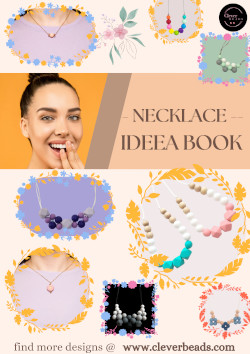

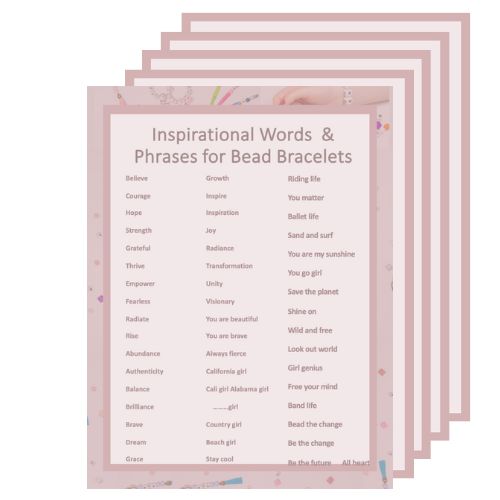
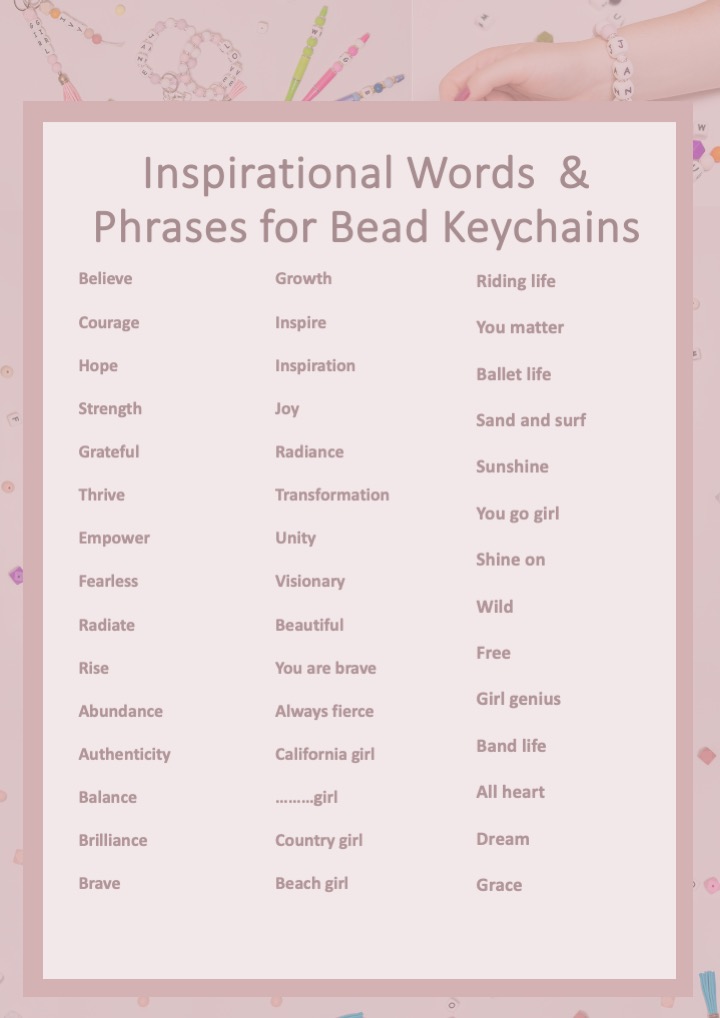

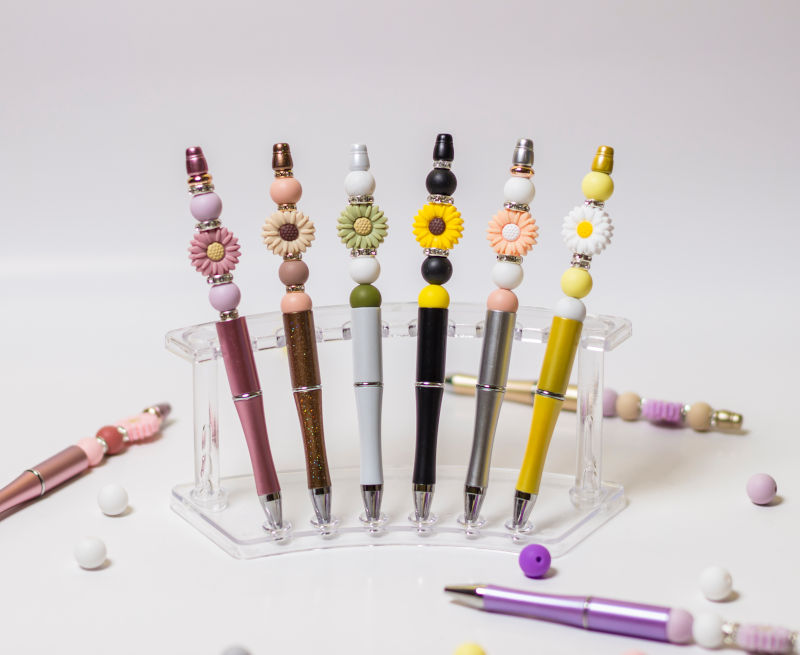
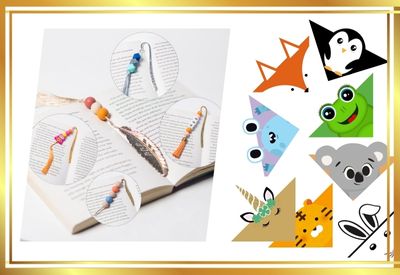

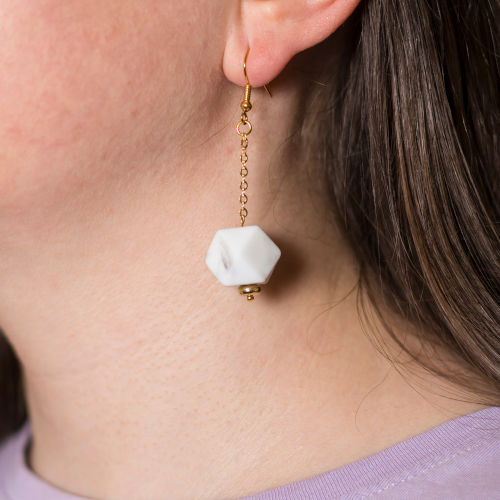
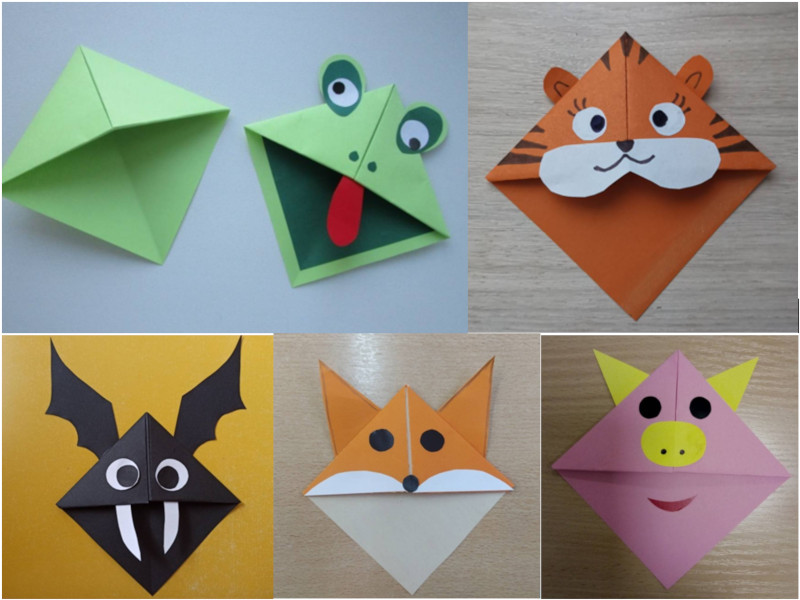
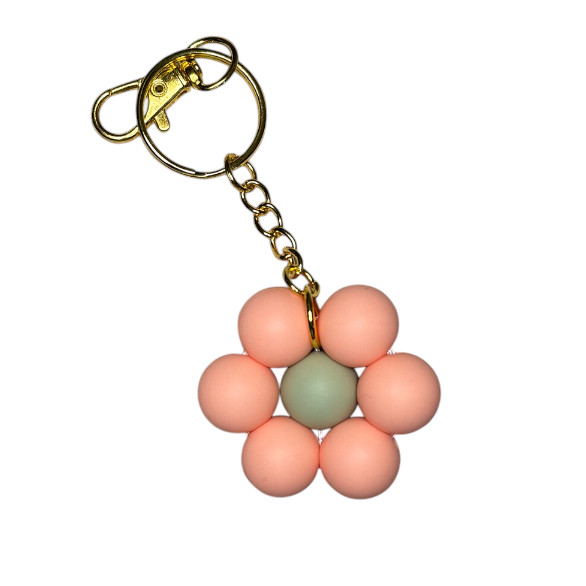

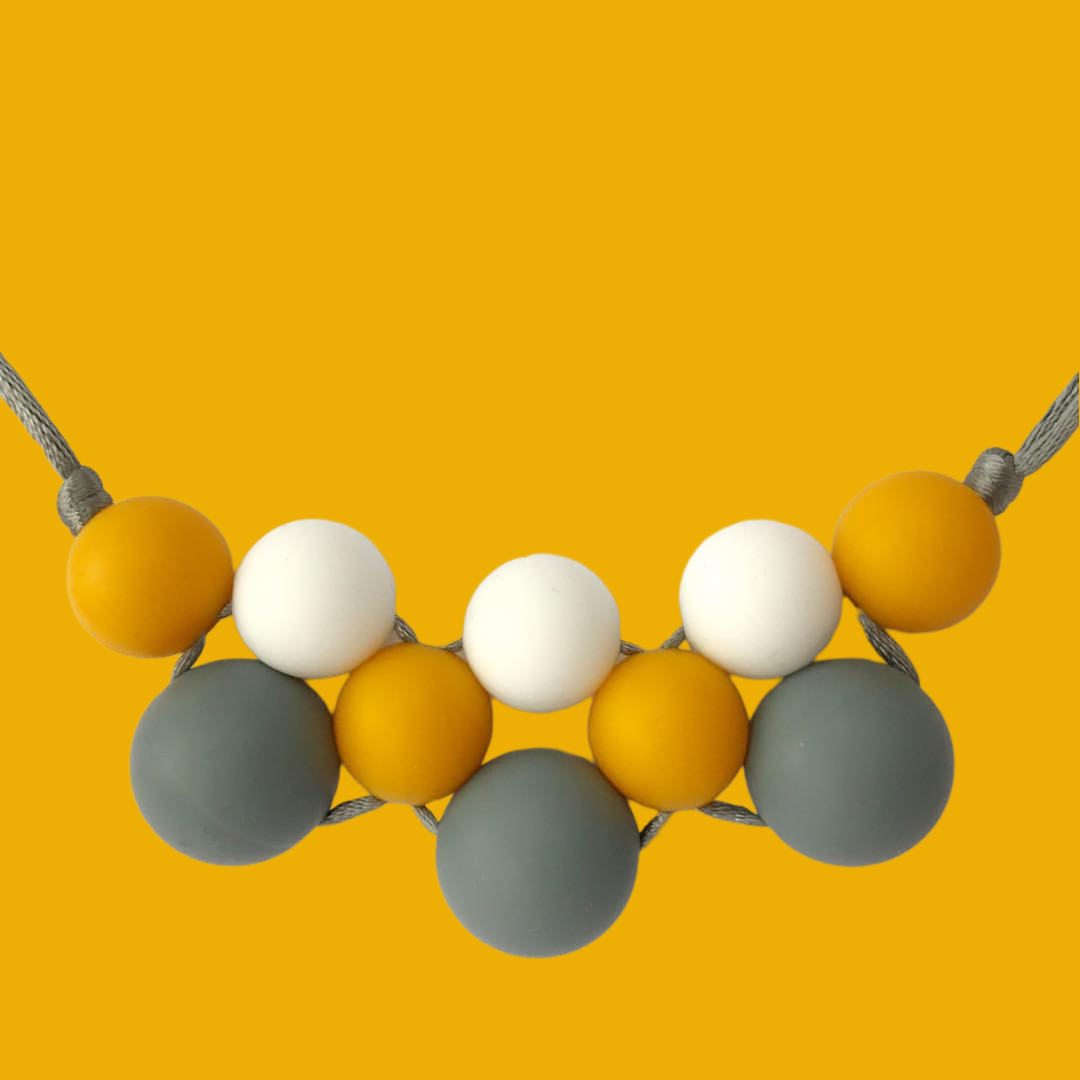
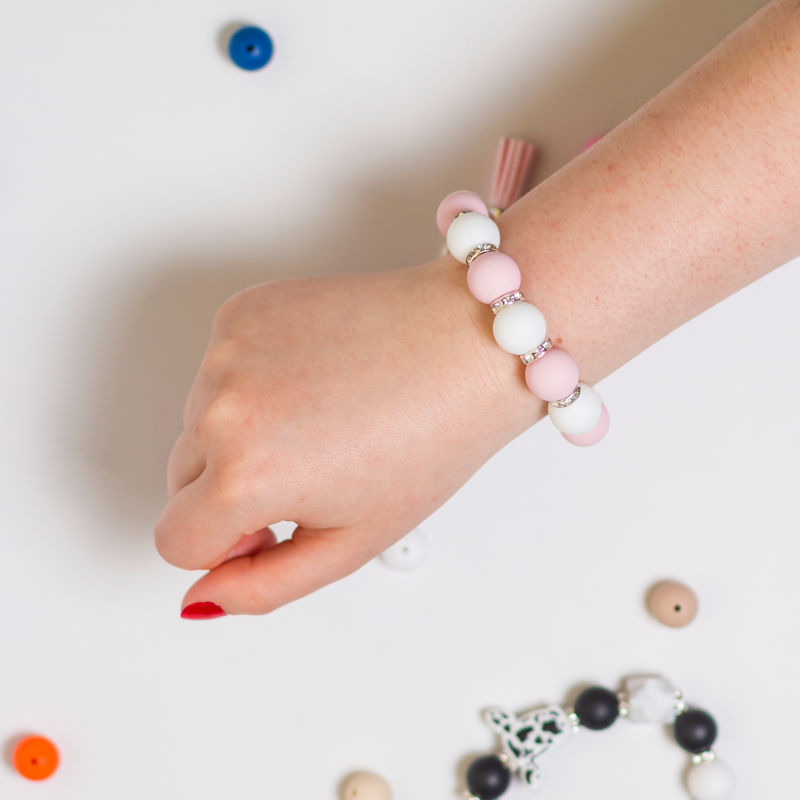
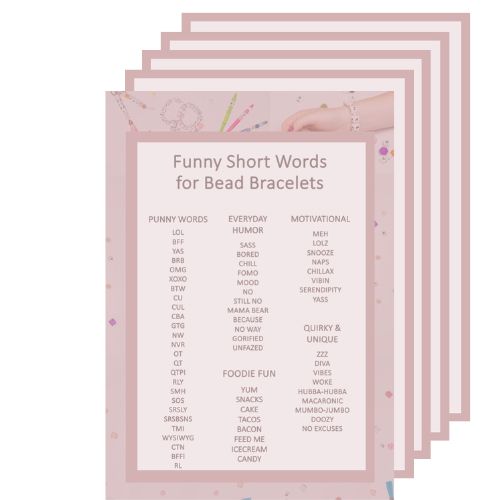




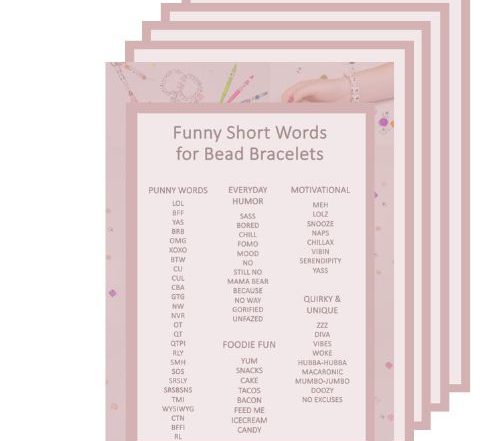


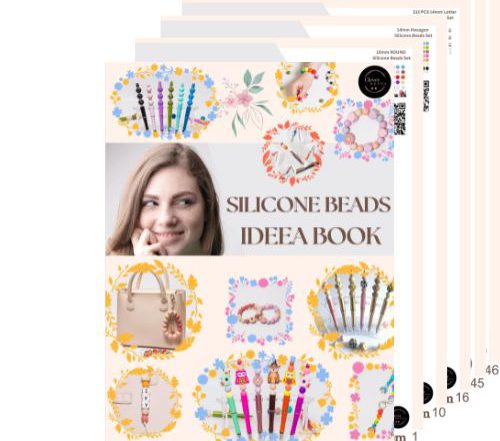




Pam says:
BettySweet says:
Jamie says: